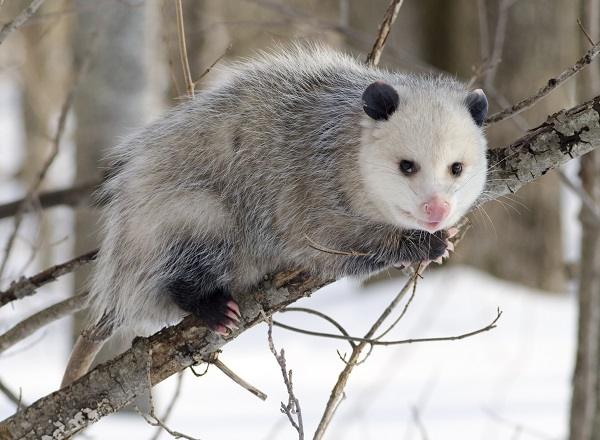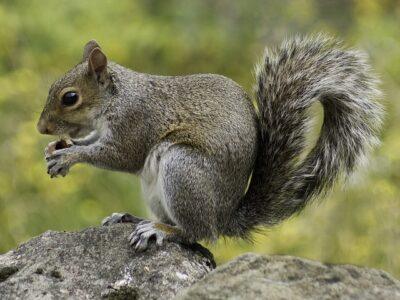Foraging for wild plants, berries, nuts and mushrooms in the wild is an essential survival skill. But one thing I’ve learned the hard way is that they don’t provide an abundance of calories and protein. Fortunately, many small and large animals do.
In this article, we’re going to explore capturing and preparing animals in the wild to supplement a survival diet. Of course, unless you’re in a true survival situation you should make sure you are not violating local game laws.
1. Snakes
These are the easiest to catch, and both venomous and non-venomous snakes can be eaten. Just make sure to cut off the heads. Any snake should be skinned first before gutting it, starting at the vent underneath the tail. The scales on the belly of any snake are tough and the skin can be easily pulled off like a glove. Slit from the vent and rinse out the body cavity and wind it around a stick so you can slowly turn it over a bed of coals, or cut into pieces and fry. You can remove the meat from the bones with your teeth like you would from an ear of corn.
2. Frogs
My personal favorite. The frogs can be harvested with a frog gig — which is like a small pitchfork with prongs — or with just a sharpened stick. My brothers and I used to just grab them by the hand. The legs were the only thing worth eating, and we’d skewer them on a stick and roast them over coals after we skinned them. You could also bread them and fry them.
3. Crayfish
You can catch crayfish by hand, with a net or trap, or hang a piece of meat on a string and pull them from the water. Do it quickly before they let go. We used to skewer them on a stick, and roast them or steam them or boil them. The good meat comes from the tail — and some from the claws of bigger crayfish. Some people suck the heads of the body cavity. I never liked that, but you might want to give it a try.
4. Squirrel
There are hunting seasons on squirrel in some parts of the country. My brothers and I used to hunt them with everything from a .22 to a pellet gun to slingshots and even rocks.
Learn The Secrets Of A Veteran Hunter As He Demonstrates How To Quickly Field-Dress Game
Once a squirrel is “up the tree” it’s easy pickins if you’re patient. We’d skin them and gut them and usually cook them over coals. They taste like rabbit. The hind leg and body meat is best. A little barbecue sauce helps.
5. Possum
Possum often has a taste that’s described as “peculiar.” This is due to the musk glands in a possum. It’s best to skin and gut the possum and marinade it in a mix of one cup of salt and enough cold water to cover the possum. Marinade overnight and then roast in a 350-degree oven or grill for two hours. Baste it often. It’s a lot like a small pig. Slice and serve.
6. Birds
We tend to have a prejudice when it comes to eating birds. We seem to dwell on chickens, turkeys, duck and the occasional pheasant. But all birds are edible, from sparrows to Canadian geese. They’re all fair game — whether you’re using a BB gun, slingshot or just throwing rocks at a flock of Canadian geese fertilizing your backyard.
Birds have to be de-feathered and slit to remove the guts. This is messy, and you’ll be covered in bird fluff. We would roast small birds on a stick, but we would cook larger birds in an oven, spit-roasted or on a covered grill. When the drumstick on any sized bird moves easily, it usually means it’s done.
Final Thoughts
With the exception of some animals like the blowfish, you can eat just about any animal. A lot of it depends on how hungry you are and what you can catch or kill. In many parts of the world, insects like grasshoppers and grubs are eaten without hesitation. If there’s a caution, it’s that you should always try to cook the wild foods you gather and consider the source. Polluted environments create polluted food sources, and all raw foods are potentially dangerous, regardless of the source. If your food source has come from a clean environment and you’ve been able to subject it to a good degree of heat … eat hearty.
Which is your favorite wild game? Share your tips in the section below:
Learn How To ‘Live Off The Land’ With Just Your Gun. Read More Here.
 Off The Grid News Better Ideas For Off The Grid Living
Off The Grid News Better Ideas For Off The Grid Living





